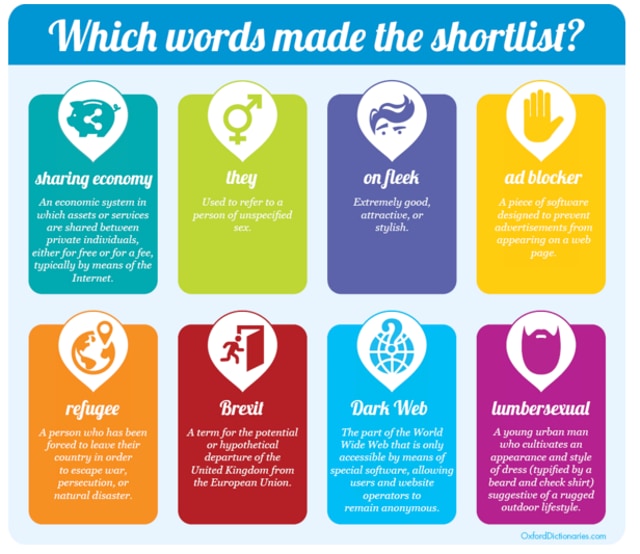Oxford Dictionaries chooses emoji as Word of the Year
Oxford Dictionaries proved on Tuesday a picture is worth a thousand words by choosing a pictograph – or the “face with tears of joy” emoji – as its Word of the Year.

Oxford Dictionaries proved on Tuesday a picture is worth a thousand words by choosing a pictograph - or the "face with tears of joy" emoji - as its Word of the Year.
The choice reflected how the internet and mobile phones - two key platforms for the use of emojis (Japanese for "picture characters") - have influenced the development of language in recent years.
In a blog post, Oxford Dictionaries said the emoji was chosen over other strong contenders because it "best reflected the ethos, mood, and preoccupations of 2015".
Emojis have been around since the late 1990s but there was a surge in their use this year.


Oxford University Press partnered with SwiftKey, the maker of a popular keyboard for mobile phones, to explore usage statistics of some of the most popular emojis around the world and found the "face with tears of joy" image was the most used globally.
SwiftKey found it accounted for 20% of all emojis used in Britain and 17% in the US. The word emoji too experienced a similar surge - its usage more than tripled in 2015 when compared to the previous year, according to data from the Oxford Dictionaries Corpus.
Emojis - small digital images used to express ideas or emotions - trace their development to the increasing use of picture messages by Japanese mobile phone users in the late 1990s. Japan's DoKoMo i-mode mobile service provider was the first company to allow users to add emoticons to text messages.
The word itself has been found in English-language Japanese publications since 1997. The term comes from the Japanese 'e' (picture) and 'moji' (character). The similarity to the English word emoticon helped the emoji's memorability and rise in use.
What would emojis look like in real life? Watch the video.
Casper Grathwohl, president of Oxford Dictionaries, said, "You can see how traditional alphabet scripts have been struggling to meet the rapid-fire, visually focused demands of 21st century communication. It's not surprising that a pictographic script like emoji has stepped in to fill those gaps - it's flexible, immediate, and infuses tone beautifully.
"As a result emoji are becoming an increasingly rich form of communication, one that transcends linguistic borders."
Since 2004, Oxford Dictionaries has chosen a word or expression as Word of the Year to reflect "the passing year in language".
Other contenders this year were...


Catch all the Latest Tech News, Mobile News, Laptop News, Gaming news, Wearables News , How To News, also keep up with us on Whatsapp channel,Twitter, Facebook, Google News, and Instagram. For our latest videos, subscribe to our YouTube channel.































